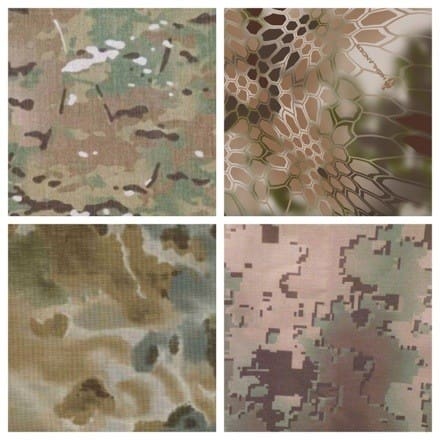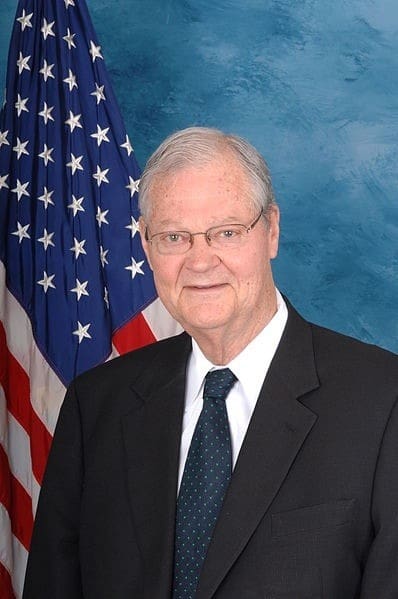I’ve heard it from enough sources now that I’m prepared to share a new target date for the official announcement of selection for the US Army Camouflage Improvement Effort. While already a year behind schedule, a lot as happened. They began by pitting 20 candidates against one another before whittling the field down to four.
During the Association of the United States Army Annual Meeting, October 21-23, we anticipate the Secretary of the Army, the Honorable John McHugh, to announce the winner from among the four finalist patterns. They are from top left, clockwise: Crye Precision, Kryptek, ADS Inc partnered with Guy Cramer, and Brookwood.

In addition to the new pattern we also expect an announcement for a new boot color although we understand that the actual color has not yet been determined. Don’t be surprised if we see a new accessory color as well for T-shirts, socks, gloves, etc.
First off, it’s nice to hear confirmation after confirmation (although not officially) that the announcement is coming. But, we’ve been here before and still no announcement. I’m still a bit skeptical, so I’ll believe it when I see it. Second, both Houses of Congress have passed versions of the 2014 National Defense Authorization Act that require DoD to move toward a common combat uniform and associated camouflage. Those bills will take effect 1 October. While not a mathematician, I can look at a calendar and when I do, I see an issue.
To say that I am less than impressed would be an understatement. In military terms, this strategy is the equivalent of the Army knowing that an attack was coming on 1 October but planning to respond on the 21st of October. Of course, the Army could head all of this pesky legislation off at the pass and come out on top in the DoD Camo Wars. They did it already with the Individual Carbine program when members of Congress passed an amendment to the NDAA requiring them to complete testing. They didn’t wait around for that good idea to become law. but they seem to be waiting for this. if they would only act, they would not only be the dominate land force but also look like it and simultaneously, dominate the camouflage debate and do it with empirical evidence.
Even so, the impending legislation remains contentious with services openly challenging the notion of returning to a common combat uniform. Last week, the Commandant of the Marine Corps, GEN Amos let his Marines know that he wasn’t going to give up the service’s distinctive MARPAT camouflage.
“We are on it like a hobo on a ham sandwich,” Amos was quoted in a DoD press release, “I love the hell out of this uniform and I don’t have any intention of changing it.”
It will be very interesting to watch this all play out.


















































































































